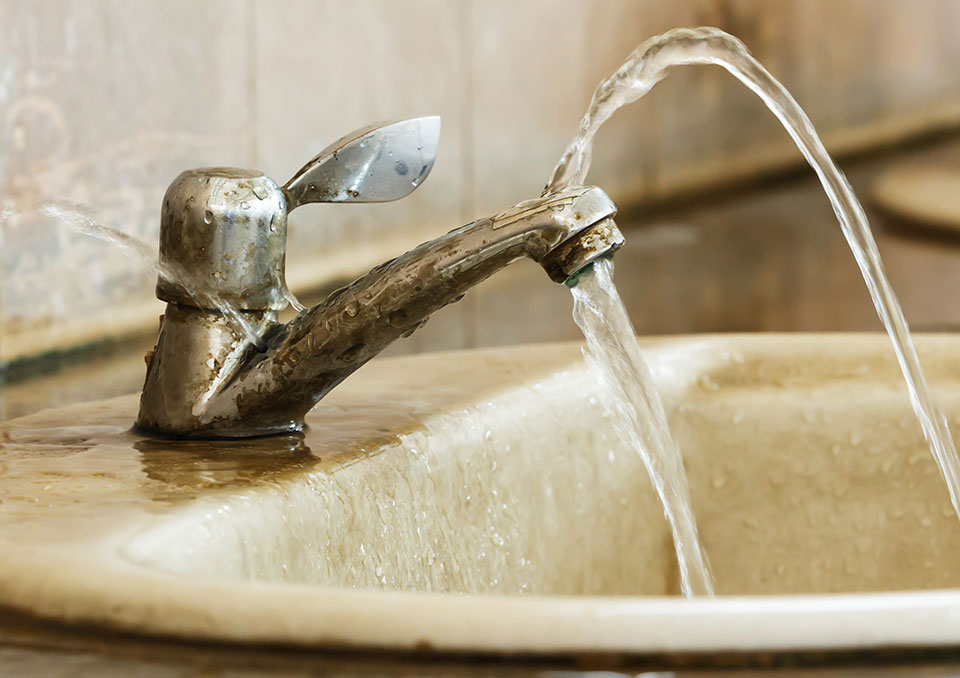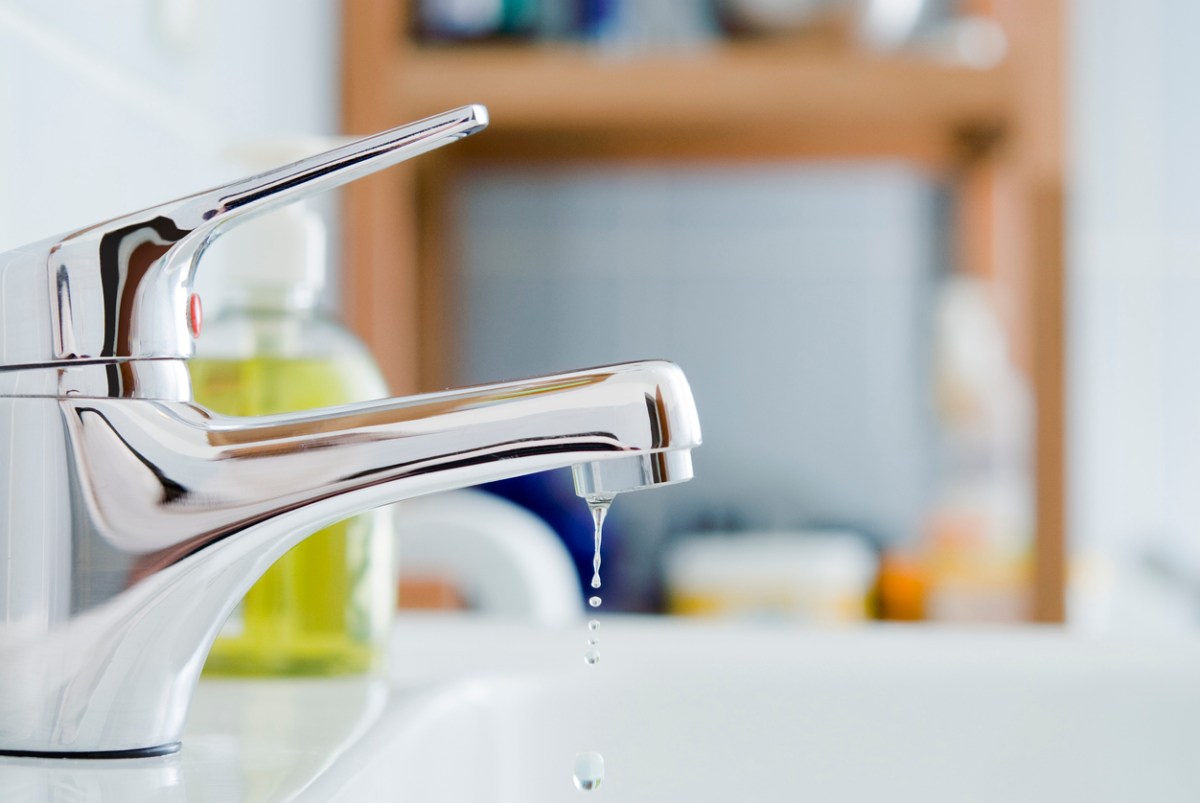How do you really feel in relation to Water Dripping from Faucet: Why and How to Fix?

Dripping taps could look like a small inconvenience, however their influence exceeds simply the aggravation of the sound. From wasting water to sustaining unneeded financial costs and health and wellness threats, overlooking a dripping faucet can result in different effects. In this write-up, we'll delve into why it's essential to address this common home issue quickly and efficiently.
Waste of Water
Environmental Impact
Dripping taps add substantially to water waste. According to the Environmental Protection Agency (EPA), a single tap leaking at one drip per second can waste greater than 3,000 gallons of water each year. This not only strains water sources however also affects ecosystems and wild animals based on them.
Financial Prices
Boosted Water Bills
Past the environmental influence, leaking taps can pump up water bills significantly. The accumulated waste in time converts into greater utility costs, which can have been stayed clear of with timely fixings.
Potential Property Damage
Moreover, extended trickling can bring about harm to fixtures and surface areas surrounding the faucet. Water buildup can create staining, corrosion, and even structural problems if left neglected, causing additional repair work expenses.
Health and wellness Concerns
Mold and Mildew Growth
The constant presence of moisture from a dripping tap develops an optimal atmosphere for mold and mildew development. These fungis not only endanger interior air high quality but additionally posture health and wellness dangers, particularly for people with breathing conditions or allergic reactions.
Waterborne Illness
Stagnant water in trickling faucets can become a breeding ground for microorganisms and other virus, enhancing the risk of waterborne illness. Contaminants such as Legionella germs prosper in stationary water, possibly causing serious illnesses when ingested or breathed in.
DIY vs. Expert Fixing
Advantages and disadvantages of Do It Yourself Repair Work
While some may try to fix a leaking tap themselves, do it yourself repairs come with their own set of difficulties. Without correct knowledge and tools, DIY attempts can intensify the problem or cause insufficient fixings, lengthening the trouble.
Advantages of Hiring a Professional Plumber
Hiring a professional plumber ensures that the underlying reason for the dripping faucet is dealt with effectively. Plumbing professionals possess the know-how and tools to diagnose and repair tap concerns efficiently, saving time and lessening the threat of further damages.
Step-by-Step Guide to Dealing With a Dripping Tap
Tools Required
Prior to trying to take care of a dripping tap, collect the required devices, including a flexible wrench, screwdrivers, replacement components (such as washers or cartridges), and plumber's tape.
Usual Faucet Issues and Their Solutions
Recognize the kind of tap and the particular concern triggering the drip. Usual problems include damaged washing machines, corroded shutoff seats, or faulty O-rings. Refer to supplier instructions or on the internet tutorials for detailed guidance on repair services.
Preventive Measures
Routine Maintenance Tips
To stop trickling faucets, perform routine maintenance such as cleaning up aerators, checking for leakages, and replacing damaged parts immediately. Additionally, think about mounting water-saving devices or upgrading to extra efficient fixtures.
Relevance of Prompt Services
Resolving trickling faucets as quickly as they're noticed protects against more water waste and potential damage, inevitably saving both water and money in the future.
Effect On Building Worth
Perception of Well-Maintained Property
Preserving a residential property in good condition, including resolving maintenance problems like dripping faucets, boosts its perceived worth and desirability among possible buyers or occupants.
Impact on Resale Value
Qualities with well-kept plumbing components, consisting of faucets, command higher resale values in the realty market. Addressing dripping taps can contribute to a favorable impact during home examinations and negotiations.
Ecological Obligation
Private Contribution to Conservation
Taking obligation for taking care of trickling faucets lines up with broader efforts towards water preservation and environmental sustainability. Every individual's actions collectively make a substantial effect on preserving priceless sources.
Sustainable Living Practices
By focusing on prompt repairs and embracing water-saving practices, people contribute to lasting living techniques that benefit both existing and future generations.
Conclusion
Attending to a dripping faucet surpasses mere comfort; it's an important action towards saving water, lowering financial expenses, and securing wellness and home. Whether via do it yourself repairs or professional support, acting to take care of dripping faucets is a small yet impactful way to advertise liable stewardship of sources and add to a much healthier, a lot more lasting future.
How to Fix a Leaky Faucet: Step-by-Step Repair Guide
A leaky faucet may seem like a simple annoyance, but if it's not fixed promptly, that leak could cost hundreds to potentially thousands. From water damage to mold, mildew, and high water bills, even a tiny leak can be catastrophic if left unattended. Damage like this can even affect the overall value of your home, so it's important to take the right approach for leaky faucet repair. You may need the help of a plumber in some cases, but we've got a few tips you can try on how to fix a leaky faucet before calling the pros.
Four Faucet Types
When you're learning how to fix a leaky faucet, the first step is knowing what kind of faucet you're working with! There are four common types.
Cartridge Faucets
Cartridge faucets come in one- or two-handled varieties. In one-handled cartridge faucets, hot and cold water combines in a single cartridge. In the two-handled versions, hot and cold water are controlled separately and mixed in the faucet.
Ball Faucets
Ball faucets have a single lever you push up and down to adjust the pressure and rotate to change the temperature. A slotted metal ball controls the amount of water allowed into the spout.
Compression Washer Faucets
They're the oldest type of faucet, but they're still used in many homes — especially older ones. Compression faucets have two separate handles that, when turned, raise or lower the washer that seals a water valve. This valve stops water from flowing through the faucet when it is turned off.
Disc Faucets
Disc faucets rarely need to be repaired due to their maintenance-free design. The water flow is controlled by two discs — the upper one raises and lowers against a fixed lower disc, creating a watertight seal. If your disc faucet starts leaking, you may need to replace the seals or clean residue buildup from the inlets.
Fixing a Leaky Faucet
Step 1: Turn Off the Water
Whether you're learning how to fix a leaky bathtub faucet or how to fix a leaky kitchen faucet, always turn off the water supply to your working area when you're fixing a leak. The last thing you want is a flood added to your list of things to fix.
Look for the shutoff valves below your sink or around the tub and turn them clockwise to stop the water flow. If your faucet doesn't have shutoff valves, you may need to turn off the water for the whole house. Check to make sure it's off by turning the faucet on. If nothing comes out, you're ready to start the repair.
Step 2: Take Apart the Faucet
How you disassemble your faucet depends on the type of fixture you have. You can use a flathead screwdriver to remove the caps on top of the handle or handles for cartridge and compression faucets. Inside, you should see handle screws. Unscrew these with a screwdriver to remove the handle.
Disc- and ball-style faucets will typically have an inlet screw near the handle, and removing that will reveal the interior of the faucet.
Detach the Valve Stem
For cartridge- and compression-style faucets, you'll see the inner valve stem or cartridge once you remove the faucet handles. If you have a compression faucet, unscrew the brass valve stem. If you have a cartridge faucet, pull out the cartridge. If your cartridge has been in place for a while, it may require some tools or extra force to remove it due to mineral deposits.
Examine and Replace Parts
Once you've removed the parts, check them out to confirm what needs to be replaced. You may see corroded rubber washers, O-rings, stems, or cartridges. On a ball-style faucet, check the seats and springs for damage.
If you need to repair a leaky disc faucet, check the inlet and seals on the lower disc.
Once you determine what parts must be replaced, visit your local hardware store. Bring the damaged parts with you to ensure you can purchase the correct components to replace them.
Clean Valves and Faucet Cavity
If you've removed a stem or cartridge, you may notice mineral buildup in the faucet's threads. Use white vinegar to clean the valve seat by soaking it for a few minutes, then scrub it away with a soft toothbrush and rinse with warm water. You can also clean the interior of the faucet in the same way.
Reassemble the Faucet
Once your faucet is cleaned and the required parts have been replaced, it's time to reassemble it. Put the pieces back together and slowly turn the water supply back on. Doing this slowly is crucial because too much initial water pressure can damage the new hardware you've just installed.
https://homewarranty.firstam.com/blog/how-to-fix-leaky-faucet

Hopefully you enjoyed our post about Why Is It Important To Fix Your Leaking Tap/Faucet?. Many thanks for finding the time to read our piece. Don't hesitate to set aside a second to share this post if you appreciated it. We treasure your readership.